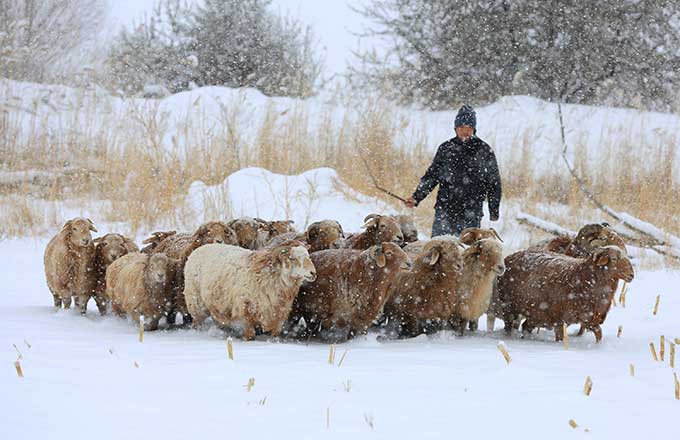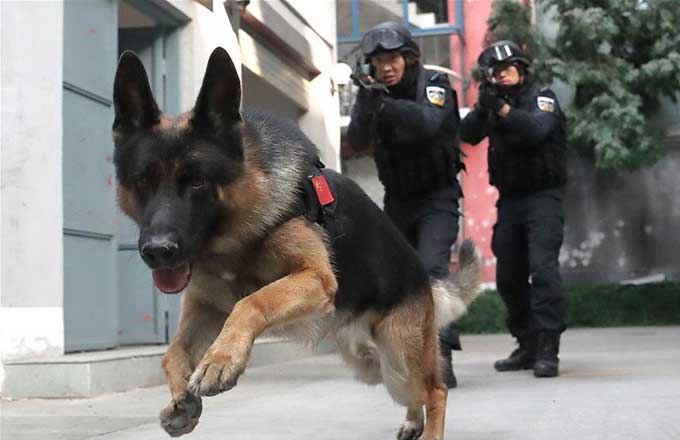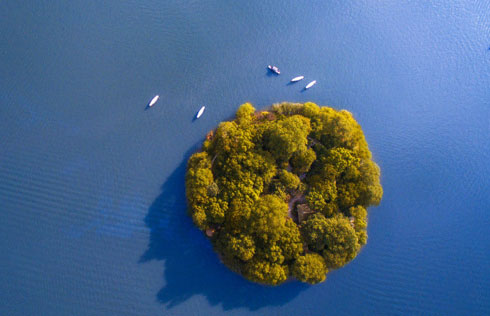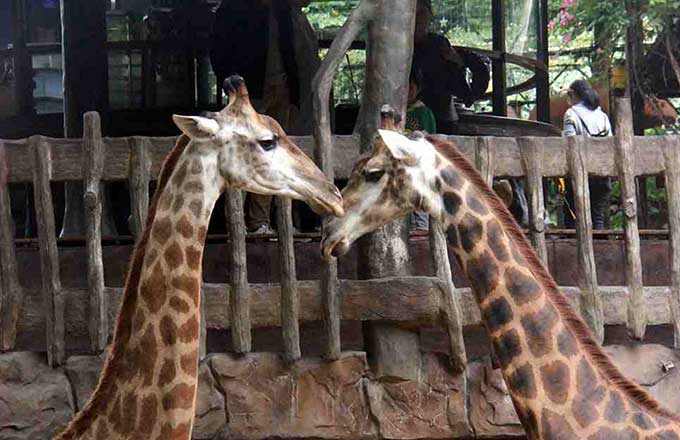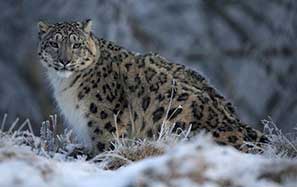Experiments conducted aboard Tiangong II
1. Growing plants in space (tests overseen by the institute of plant physiology and ecology at the Shanghai Institute of Biological Sciences)
In the movie The Martian, astronaut Mark Watney survives on the red planet by growing potatoes. In reality, growing plants in space is much harder to do. Scientists have built a mini "greenhouse" on Tiangong II that features controlled temperatures and light, and they hope to cultivate rice and mouse-ear cress during the voyage.
"China will conduct its first seed-to-seed experiment in space through Tiangong II," Zheng Huiqiong, a science professor at the institute, told China Central Television.
According to Zheng, before the launch of Tiangong II, most biological experiments in space were limited to 20 days and it was impossible for higher plants to finish a life cycle. China has never conducted a full seed-to-seed growth-cycle experiment in space.
2. Gamma ray detector POLAR (tests overseen by the Chinese Academy of Sciences)
Tiangong II uses a detector called POLAR to observe gamma rays. The experiments represent the only international collaboration aboard Tiangong II, with scientists from Switzerland and Poland joining their Chinese counterparts to conduct experiments.
Completed in 2015, POLAR can measure the polarization of hard X-ray photons, in particular the polarization of prompt photons from gamma ray bursts.
Tools used in high-energy physics, such as POLAR, are employed to detect and characterize gamma ray photons and allow scientists to observe the cosmos in greater detail.
Sources: Xinhua And The chinese Academy Of Sciences
- Is it a thing? 10 odd jobs where you can make good money
- Message on a bottle: Mineral water company launches drive to find missing children
- Sun Yat-sen champion of national integrity, unity: Xi
- Four killed, two injured after house collapses in C China
- Cross-Straits forum held to commemorate Sun Yat-sen




